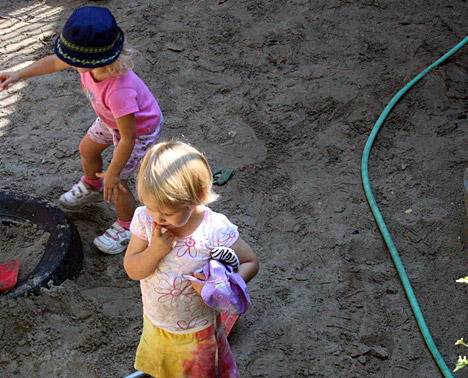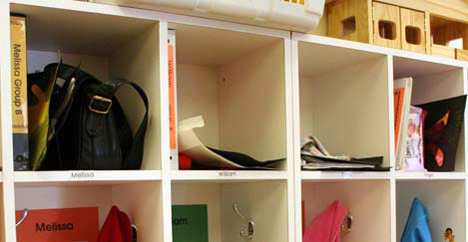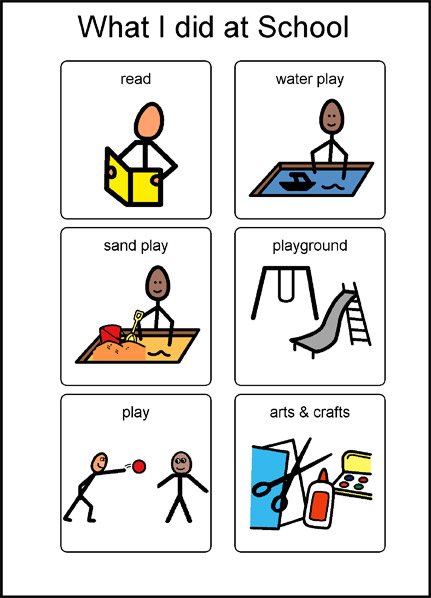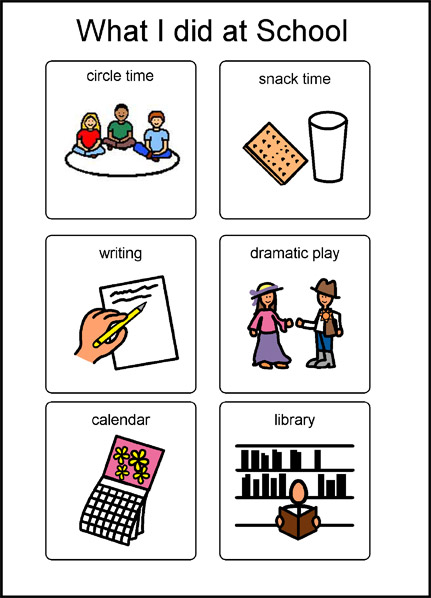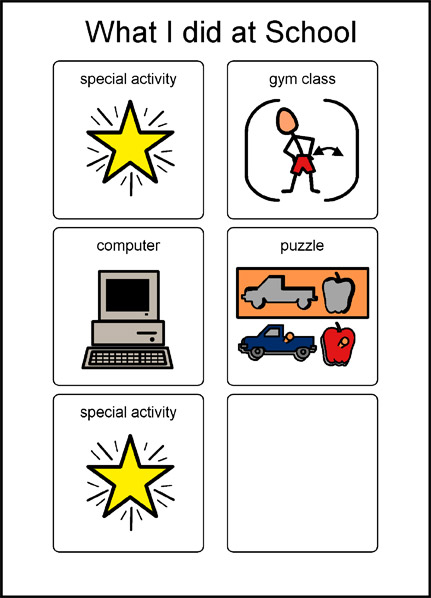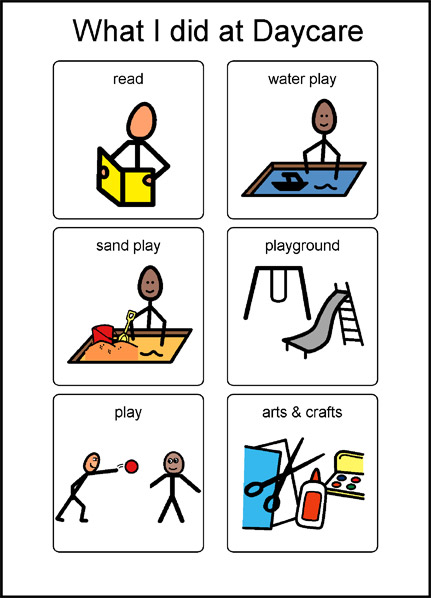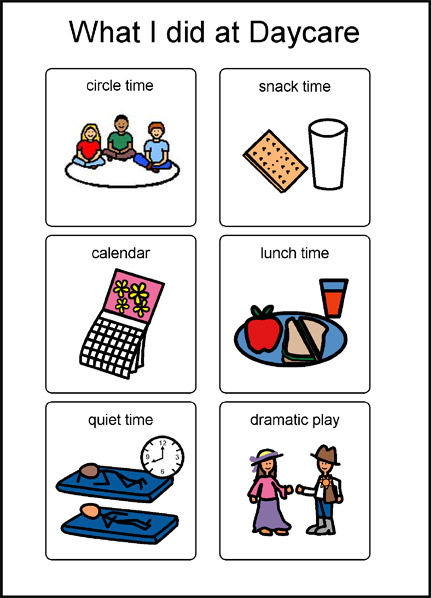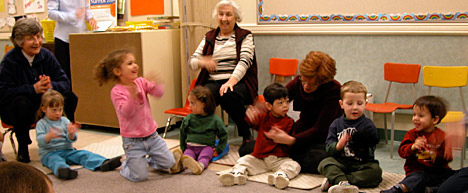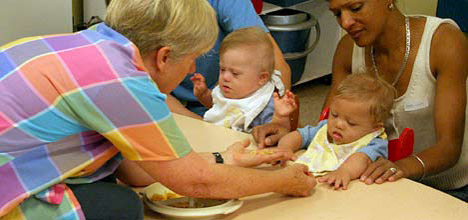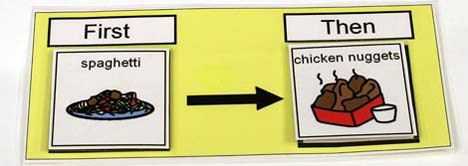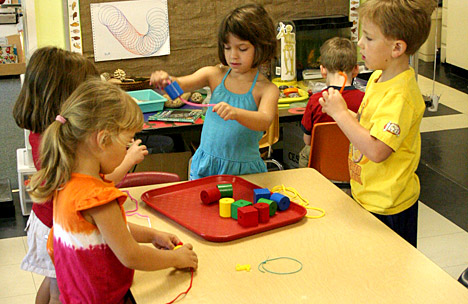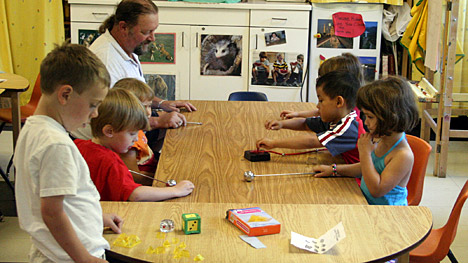
Dealing With Your Own Reactions to Bullying
One of the most overlooked areas in all of the anti-bullying literature is adults’ attitudes about bullying and how we react when we observe bullying in our classrooms. It is important when planning anti-bullying interventions that we examine our own attitudes toward bullying. Some people have very strong reactions to bullying. Others feel that children should work it out for themselves and that bullying is a natural part of growing up.
All reactions to bullying are valid, as they are based on our own past experiences. Due to the power imbalance between the bully and the victim, however, this type of conflict is different and always requires adult intervention.
This tip sheet is designed to provide you with practical ideas to help educate children and to create a bully-free classroom. With that as our goal, our intention is to promote teachers’ self-reflection. This will assist them when planning interventions.
Points to Consider Before Implementing Anti-Bullying Strategies
- Do you tend to relate more to the bully or to the victim?
- Do you find yourself sometimes feeling that the victim deserved the treatment?
- Do you focus all your attention on the bully immediately after a bullying incident?
- Do you feel that when bullying occurs, you get so upset or angry that you overreact and you discipline the child too harshly?
- Do you feel helpless when informed about a situation and therefore tend to avoid dealing with it?
- Do you have set responses that you can adapt to specific bullying incidents?For example, to the victim:
-
- “I’m glad you told me. I’m sorry it happened.”
To the bully:
-
- “You’ve been saying mean things to (child’s name). That is bullying and it is wrong.”
To the bystanders:
- “You saw what happened and didn’t say anything. I guess you weren’t sure what to do. Next time, tell the child to stop and then get some help.”
-
For Your Program at the Supervisory Level
- Have a policy to deal with bullying.
- Go over the policy with your program consultant to ensure the policy and the steps included are appropriate and meet with city guidelines.
- Discuss the steps to deal with bullying (including documentation, informing parents, etc.) with all staff at the program so that everyone is aware of the procedure The parents must also be informed when their children start the program.
- Incorporate anti-bullying programming into daily curriculum through staff meetings.
Creating a Bully-Free Zone for Classroom Staff:
- Make rules to create a bully-free classroom (e.g., Work as a team, Kind words are cool, It’s cool to care, etc.).
- Do cooperative/nurturing activities on a daily basis (e.g., Spiderweb Game, Motorboat, One Potato, Clapping Game, Pass the Ball Game, Musical Hoola Hoops, Kindness Tree, etc.).
- Implement sessions specifically designed to introduce children to thinking about and dealing with bullying:
Session 1: Discuss the three kinds of bullying with children.
First ask children what they think bullying is and write down their answers.
Place their answers in the following three categories:
- Social bullying
- Physical bullying
- Intimidation
Separate the children into three groups. Have them present the three types of bullying using puppet shows (see Anti-bullying Puppet Show Scenarios in Anti-bullying Kit) or role plays (see examples in Importance of Role Play in Dealing with Bullying). This helps children to see and better understand the three types of bullying.
Session 2: Discuss the character of a bully/victim
- Have children discuss if the child is a bully or victim in stories.
- Bring in two child-size body trace pictures and separate the children into two groups.
- One group draws the bully and writes words on the picture describing a bully.
- One group draws the victim and writes words describing a victim (any child who tends to bully should be placed in this group).
- Do a victim quiz/bully quiz with the group (have half the group do a victim quiz, half do bully quiz and take up the answers together).
Session 3: Discuss the bully cycle and the role of bystanders
- Discuss the bully cycle and how it works.<?li>
- Discuss strategies to deal with bullying, such as: stay calm, use words (e.g., “Stop, I don’t deserve this.”), and/or report the bullying to an adult who can help you.
- Read the “New Girl” and discuss the role of the bystander.
- Have all the children do the bystander quiz and discuss the results.
Session 4: Discuss how telling is not tattling
- Help the children to understand the difference between “tattling” and “telling” by using puppet shows and/or scenarios.
- Tattling is usually done just to get someone in trouble and it is usually about something that is not very hurtful (e.g., Jessica didn’t tidy up her lunch).
- Telling is to help someone else get out of trouble because they are being hurt (either the child who is telling or another child).
Session 5: Caring is cool
- Discuss the Better Way World and the Children’s Bill of Rights through the reaffirmation of anti-bullying.
- Have children do a superhero booklet in which each child explains what kind of a superhero he/she wants to be and how she/he would stop bullying as a superhero. Read the stories to the class.


